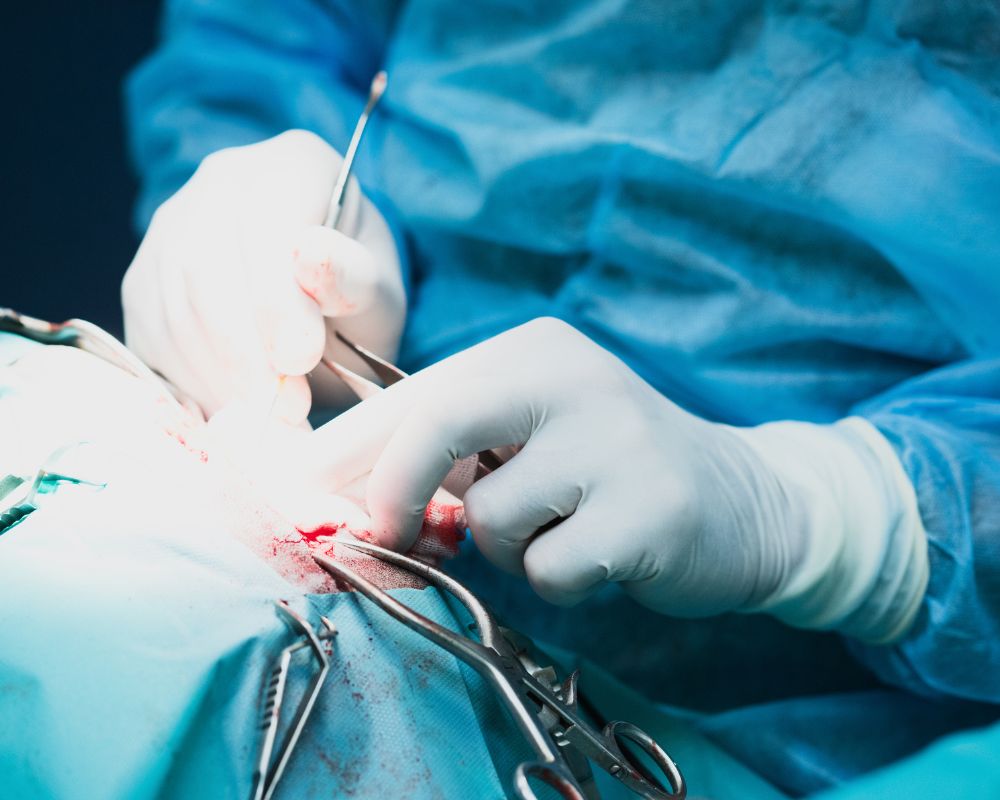
18 Apr How Dekompressor Discectomy Can Offer Nearly Instant Pain Relief
A herniated disc is no fun. Neither is agreeing to treatments that, at best, offer either gradual or delayed relief. Sometimes you just want immediate relief. Fortunately, we do have a treatment option that provides nearly instant relief when it is appropriate. The treatment is known as dekompressor discectomy.
Dekompressor discectomy is an outpatient surgical procedure classified as minimally invasive. It takes very little time to complete and requires only a minimal amount of observation following the procedure. Patients go home the same day and are free to resume normal activities as soon as they feel like doing so.
Herniated Discs: The Problem
The pain associated with a herniated disc is the direct result of the disc tissue pushing on a neighboring nerve. The pressure causes nerve compression which, in turn, causes pain. The pain can be exacerbated by any number of things, including movement and lifting objects. You will know that a herniated disc can be extremely painful if you’ve ever had one yourself.
As an alternative to more invasive procedures, dekompressor discectomy is a fairly straightforward procedure that can be completed with a minimal number of tools. It requires only a local anesthetic thanks to the use of a very small incision and what we call a cannula.
How the Procedure Works
Prior to the procedure being performed, a doctor will confirm that the patient’s pain is the result of a herniated disc. That disc will be identified so that the doctor can plan the procedure accordingly. On the day of the procedure, the patient comes to the clinic with full knowledge of what is going to transpire.
The patient lies on their stomach with a cushion underneath to help elevate the back. Next, a small incision no greater than one inch in length is made. The doctor creates a channel through which he can access the affected tissue. Next, a cannula is inserted. A cannula is a small tube that allows for the insertion of additional surgical tools as needed.
In this case, the doctor need only run a rotating tool through the cannula and down to the affected tissue. The tool gradually removes small amounts of bone to create enough space for the herniated disc to contract back to its normal position. Nerve compression stops and immediate pain relief is felt.
The entire process is guided by a fluoroscope. To keep things as simple as possible, a fluoroscope is a piece of imaging equipment that guides the doctor so that treatment takes place at de exact location believed to offer maximum relief.
After the Procedure
Once the procedure is complete, the rotating tool and cannula are both removed. The wound is bandaged, and the patient given some time to recover. Clinic staff will monitor the patient throughout this short amount of time. Once staff and patient are confident in the procedure’s success, the patient is free to go home.
Potential complications from this procedure are limited. In most cases, the potential for infection is the biggest cause for concern. But keep this in prospective. Infection is always a risk when needles are used. There isn’t a greater risk associated with dekompressor discectomy.
Dekompressor discectomy is obviously not the right choice for every patient suffering from the discomfort of a herniated disc. Still, it is a possibility we can look at whenever a herniated disc is causing significant back pain. If you would like to investigate the possibility of this procedure for yourself, make an appointment to see one of our pain specialists. We will do everything we can to help you find relief.


Sorry, the comment form is closed at this time.